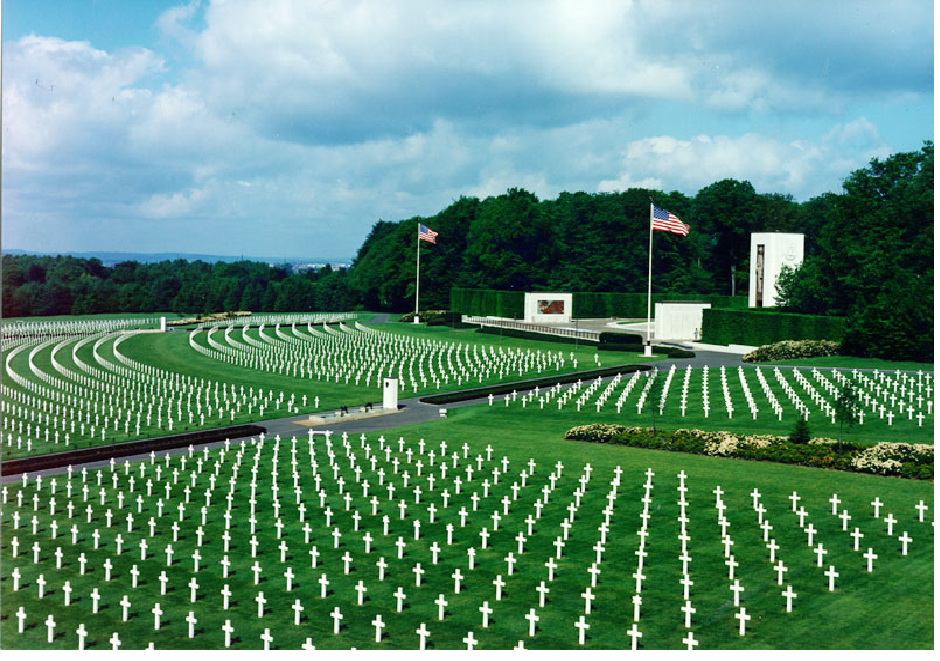Some costs of war must be paid. But the costs of invisible wounds do not.
- HMI

- Feb 5, 2019
- 4 min read
Updated: Feb 14, 2019
The US Departments of Defense and Veterans Affairs are not only losing the war after the war in which combat veterans struggle to survive the disabling consequences of invisible wounds, they are losing even worse.
This week the Army Times reported that suicides among active duty soldiers had increased by 20 percent.
Last week CNN revealed that suicides among Special Forces elites tripled last year.
Last September the Department of Veterans Affairs admitted that suicide rates among veterans of the Global War on Terror had increased by more than ten percent.
What makes these casualties of war so tragic is that they are so unnecessary.
Post Traumatic Stress Disorder (PTSD) and Traumatic Brain Injury (TBI) are the smoking gun behind this appalling death toll. In 2012 the Institute of Medicine of the National Academy of Science found that combat veterans with PTSD and additional morbidities such as TBI are 25.7 times more likely to become suicidal than their combat veteran peers (1). Most combat veterans with PTSD have average of 3-4 such comorbid injuries.
Meanwhile neither the DOD or VA are able to effectively treat combat PTSD or TBI. The VA's top-tier specialized treatment programs fail to achieve clinically significant improvement in most combat veterans with PTSD after an average of 46 days of treatment (2).
In 2013 and 2015 DOD and VA researchers analyzed outcomes of the VA's "Gold Standard" therapies such as Prolonged Exposure Therapy and Cognitive Processing Therapy. While these therapies seemed to work well for short-duration traumas in civilian life, they failed in the face of more complex combat traumas. "[T]he outcomes from [Randomized Controlled Trials] suggest that only a minority of veterans can be expected to lose their PTSD diagnosis as a result of getting CPT or PE, arguable administered in an ideal fashion…." (Steenkamp and Litz 3)
The researchers, who included the DOD's lead author of the current PTSD treatment guidelines, concluded, "There is an urgent need for innovative treatment strategies." (Steenkamp, et al., 4)
Furthermore, VA and DOD doctors continue to prescribe dangerous medication cocktails to combat veterans with PTSD and TBI comprised of drugs specifically recommended against in the VA/DOD treatment guidelines because of dangerous side effects that often include suicidal ideation on the warning labels.
Since the United States went to war over 17 years ago, the DOD or VA have failed to publicly acknowledge, let alone address this deadly shortcoming in their strategic capabilities.
This is not a wartime necessity. It is a matter of choice. For years members of Congress, veterans groups, and the loved ones of servicemen who succumbed to their invisible wounds have implored both the DOD and VA to give active duty servicemen and combat veterans access to one therapy with a strong evidence base in reducing the potential for suicide in combat veterans -- Hyperbaric Oxygen Therapy.
Since 2012 researchers have published five controlled clinical trials investigating the effectiveness Hyperbaric Oxygen Therapy or HBOT in treating TBI and PTSD in combat veterans. The authors of the most recently published study reported that HBOT is more effective “than any non-hyperbaric intervention previously reported.” (Weaver, et al., 5)
The year before Dr. Paul Harch, who serves as the Chairman of the Scientific Advisory Committee for Hyperbaric Medicine International, and his research colleagues found that invisibly-wounded combat veterans treated with HBOT "experienced a significant reduction in suicidal ideation and anxiety" which they suggested may be "the most significant finding in the study given the current veteran suicide epidemic." (Harch, et al., 6)

Dr. Paul Harch, MD, is a globally-recognized clinician and researcher in Hyperbaric Medicine. He is a professor at the Louisiana State University School of Medicine and serves as the Chairperson of Hyperbaric Medicine International's Scientific Advisory Committee. He has helped over 75 combat veterans suffering from the invisible wounds of war. He will be presenting original research on HBOT and Chronic TBI at our HBOT 2019 Hyperbaric Medicine Symposium.
Hyperbaric Oxygen Therapy is a safe and cost-effective response with a strongly supported by evidence based on both rigorous clinical trials and extensive clinical experience. In fact the evidence for the effectiveness of HBOT stands in stark contract of the evidence of ineffectiveness of existing treatments currently used by the DOD and VA.
Some costs of war must be paid. But the costs of invisible wounds do not.
References:
1 Institute of Medicine, Treatment for Posttraumatic Stress Disorder in Military and Veteran Populations: Initial Assessment (The National Academies Press: 2012) 45.
2 Institute of Medicine, Treatment for Posttraumatic Stress Disorder in Military and Veteran Populations: Final Assessment (The National Academies Press: 2014) 100.
3 Steenkamp and Litz. “Psychotherapy for military-related posttraumatic stress disorder: Review of the evidence.” Clinical Psychology Review 33 (2013) 49.
4 Steenkamp, et al. “Psychotherapy for Military-Related PTSD: A Review of Randomized Clinical
Trials.” JAMA 2015:314(5) 498.
5 Weaver, et al. “Hyperbaric oxygen for post-concussive symptoms in United States military
service members: a randomized clinical trial.” UHM Journal 45:2 (2018) 152.
6 Harch, et al. "Case control study: hyperbaric oxygen treatment of mild traumatic brain injury persistent post-concussion syndrome and post-traumatic stress disorder." Medical Gas Research 7:3 (2017) 170.








Comments